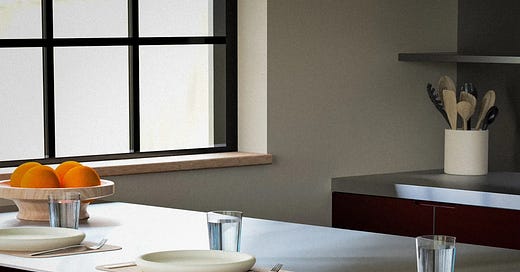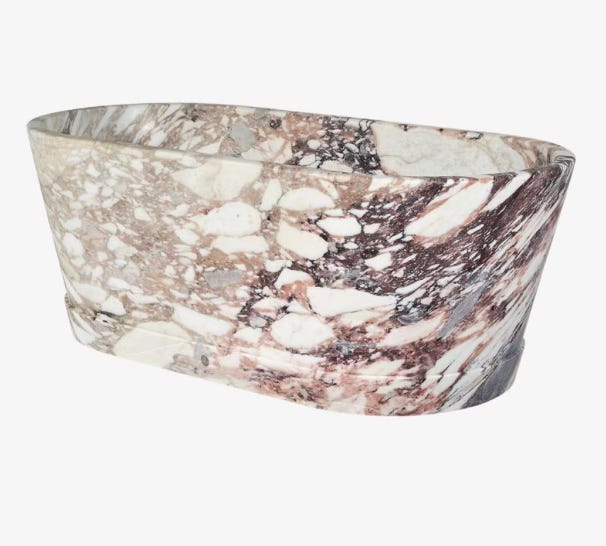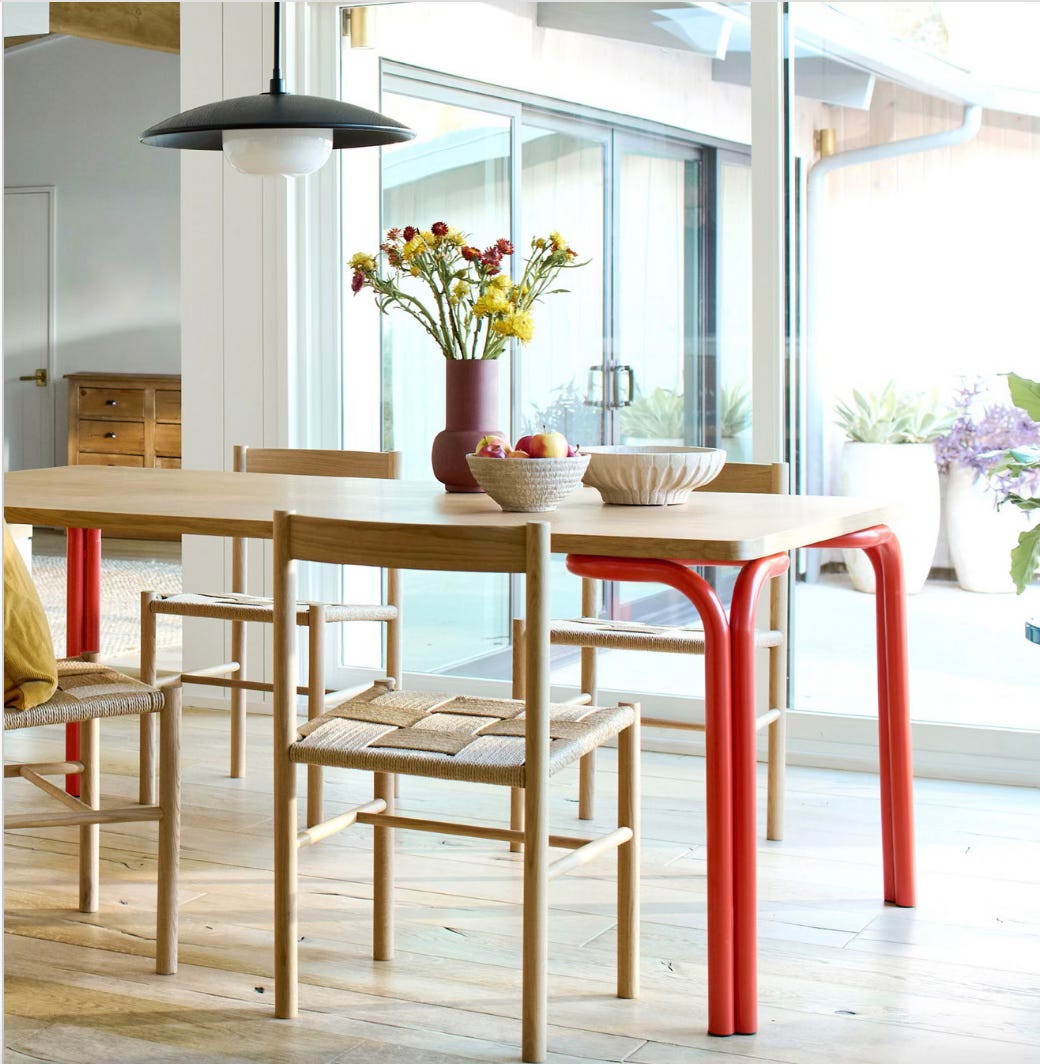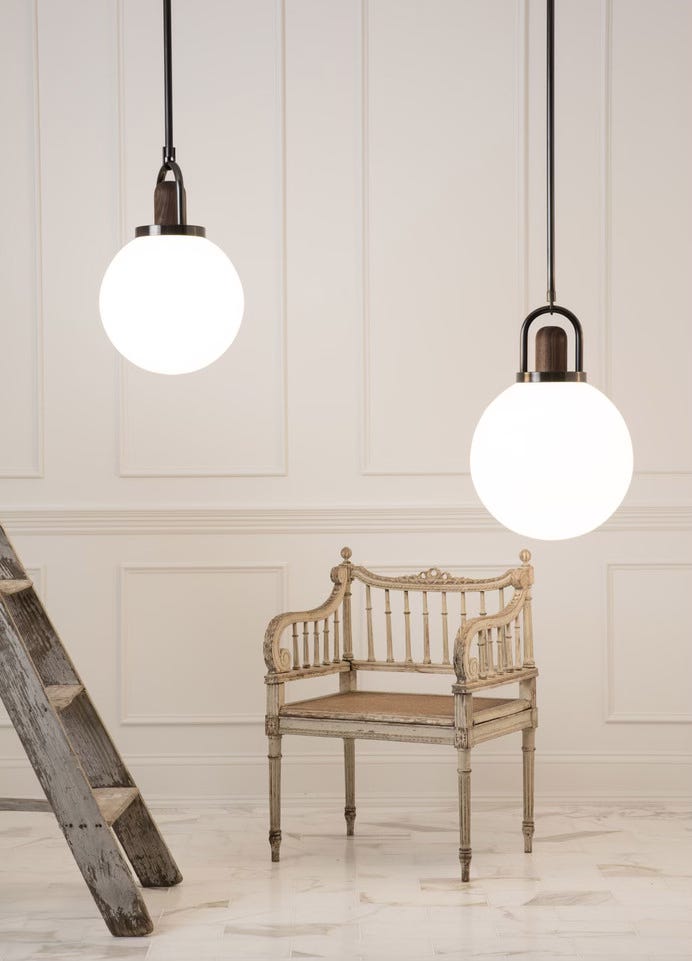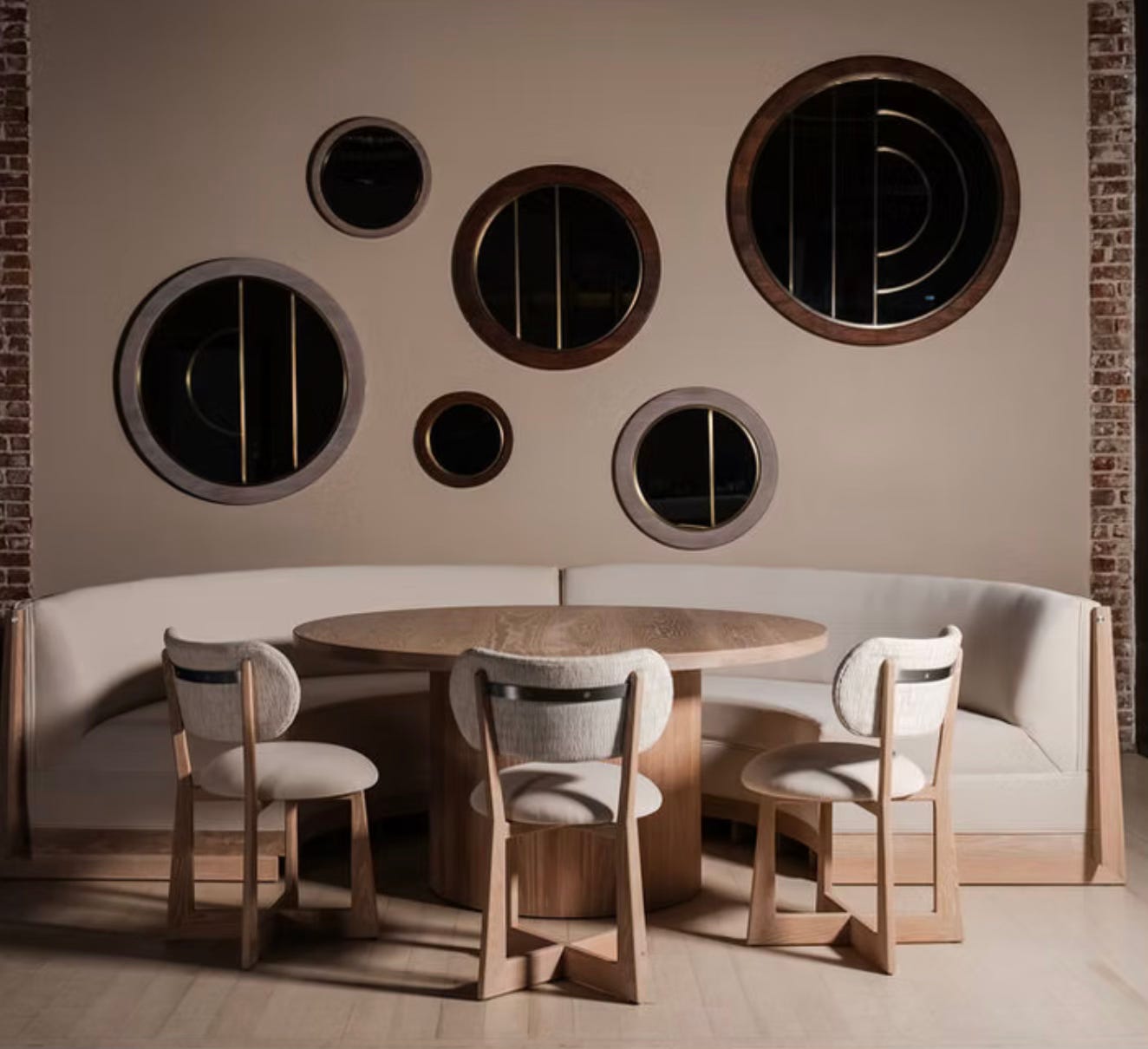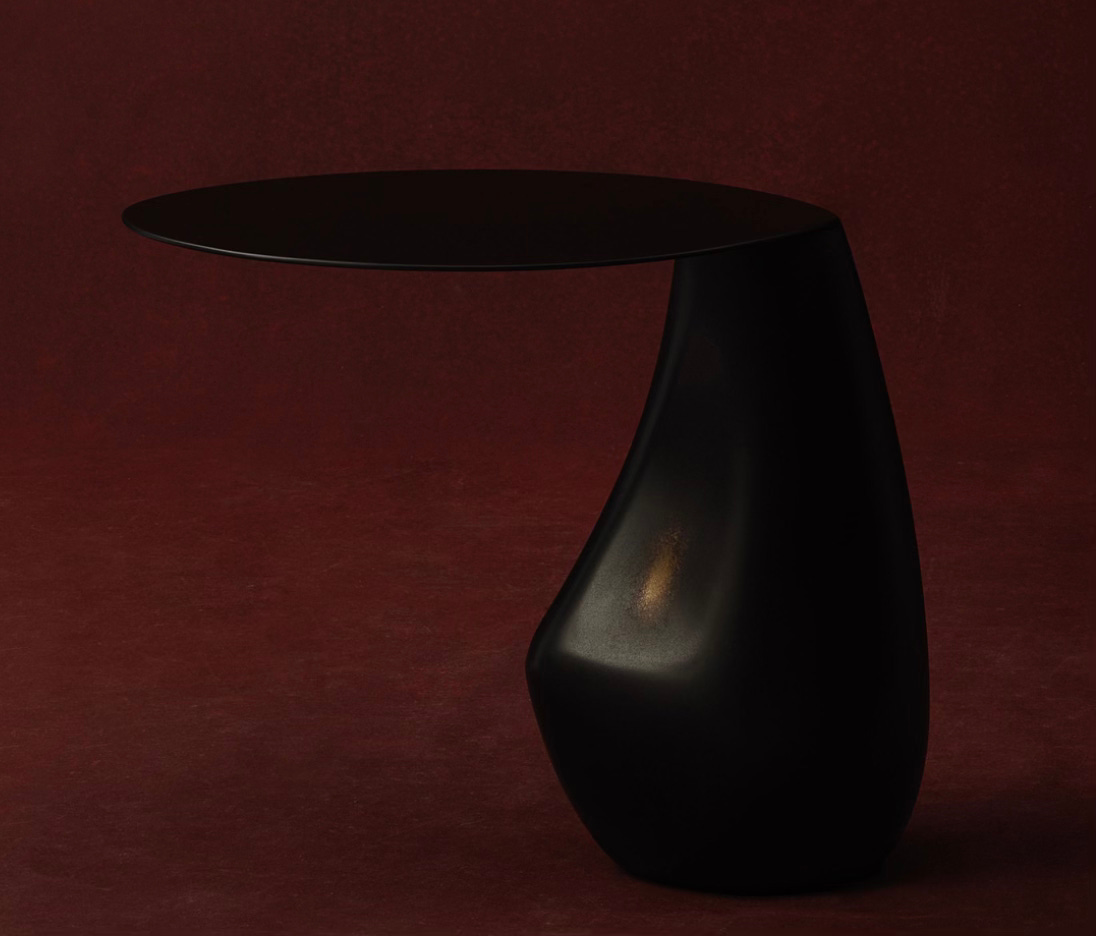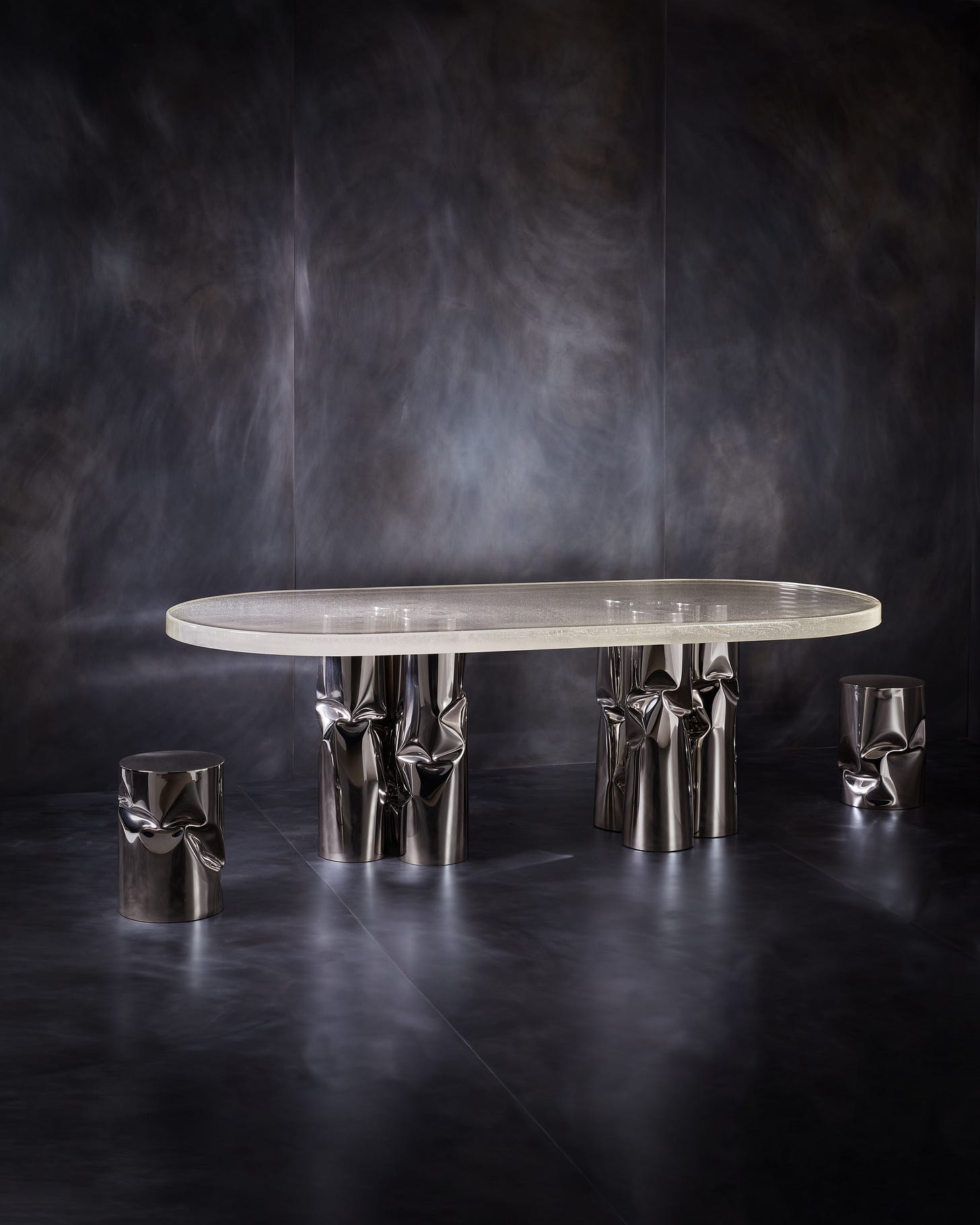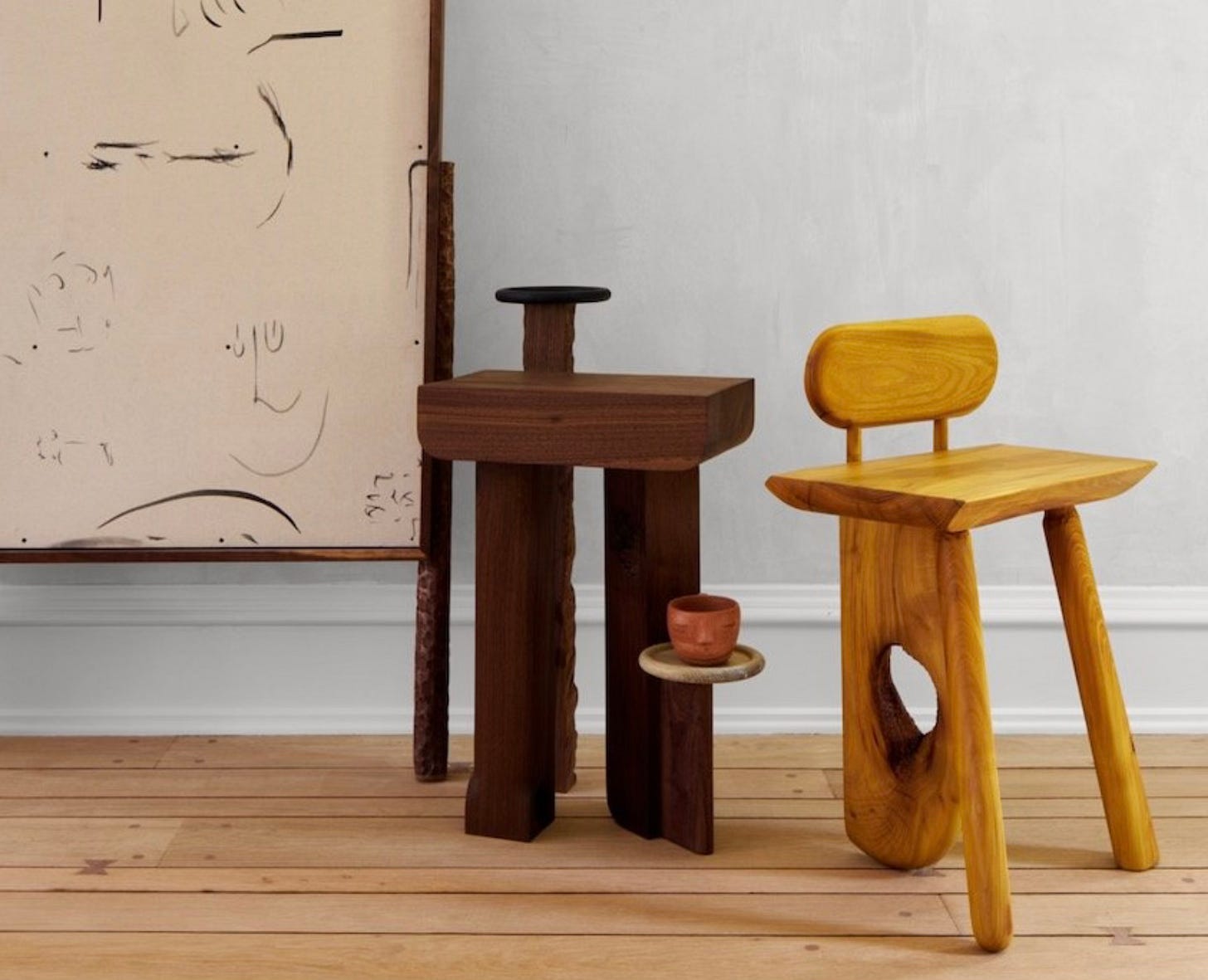From Brunch to Border Fees: My Furniture Import Surprise
A personal reflection on unexpected import fees, navigating shifting tariffs, and finding reliable American-made home goods—told through the lens of family traditions and a new puppy.
I hope everyone had a great Easter weekend! Easter was my father’s favorite holiday, so it’s always a little bittersweet for me. But I’m so grateful I was able to bake some traditional Slovakian cakes called Tvorak Pockets and enjoy a lovely brunch with family and friends.
It’s interesting how new traditions begin to form within your own family. With our new little pup, it’s been such a joy to have fresh, vibrant energy in the house. Gibson has completely changed how I feel about fur babies—I’m officially obsessed with our little guy
!
Speaking of change, sometimes in business we have to adjust with the times—especially as the economy shifts. Lately, my inbox has been flooded with emails from furniture companies about new tariffs and changing border regulations. It’s been eye-opening, especially after experiencing it firsthand. I recently purchased a Canadian product and got hit with nearly $1,000 in border fees—not exactly a fun surprise.
So, I decided to share a few thoughts on navigating these changes—what to look out for, what to hold off on, and how to avoid those unexpected fees. I’ll also be listing some American-made brands I love, along with alternatives for sourcing carpentry, fixtures, faucets, and other home items.
Let’s start with my own experience. I bought a set of bar stools from a carpenter in Montreal, QC. Apparently, when the shipper declares the purchase amount on the customs form, that total becomes subject to tariffs—which then get passed on to the recipient. I received a UPS statement, and because the stools arrived in two separate packages, I was charged twice, essentially doubling the tariff.
If you're ordering from Etsy or any site that ships internationally, be aware that you might receive a separate tariff bill and you can’t control how the shipper handles the value on the other end. However, I’ve noticed some furniture companies are either covering the cost themselves or only adding a small fee —so it really depends on the company. It’s a case-by-case basis, which means it’s extra important to ask the right questions and proceed with caution.
Now, let’s talk about American-made options. While they’re more limited—especially in the furniture world—there are some great choices out there. The challenge? They’re often significantly more expensive. Manufacturing here is costly, and not everyone has figured out how to keep prices competitive. That said, we do have some amazing options from smaller, boutique brands. In many cases, even with tariffs, it can still be cheaper to buy internationally—but that’s not always true. Items like lighting, hardware, and wallpaper remain quite affordable in the U.S., which is a win!
Maybe someone else has had a different experience? I’d love to hear your thoughts. Feel free to share in a comment or message—
Either way, I hope this helps! And who knows—by the time I post this, the tariff situation may have already changed and none of this will even matter. But at the very least, you’ll walk away with some great American-made brand recs. So, win-win, right?
AMERICAN MADE FIXTURES


AMERICAN MADE LIGHTING
AMERICAN MADE FURNITURE
Hope this helped! Much Love MAROS

